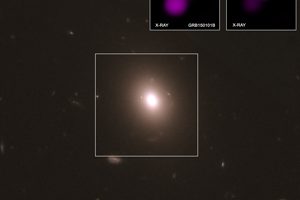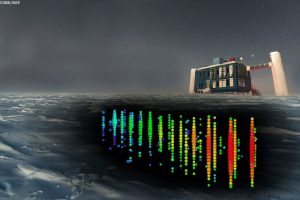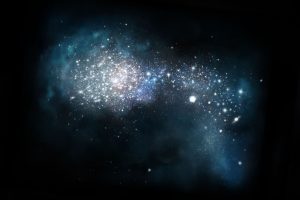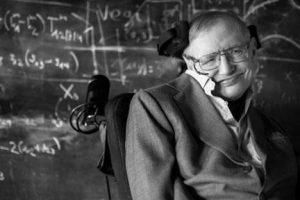All in the Family: Kin of Gravitational Wave Source Discovered

New observations suggest that kilonovae—immense cosmic explosions that produce silver, gold and platinum—may be more common than thought On October 16, 2017, an international group of astronomers and physicists excitedly reported the first simultaneous detection of light and gravitational waves from the same source—a merger of two neutron stars. Now, a team that includes several University of Maryland astronomers has identified […]
» Read more


